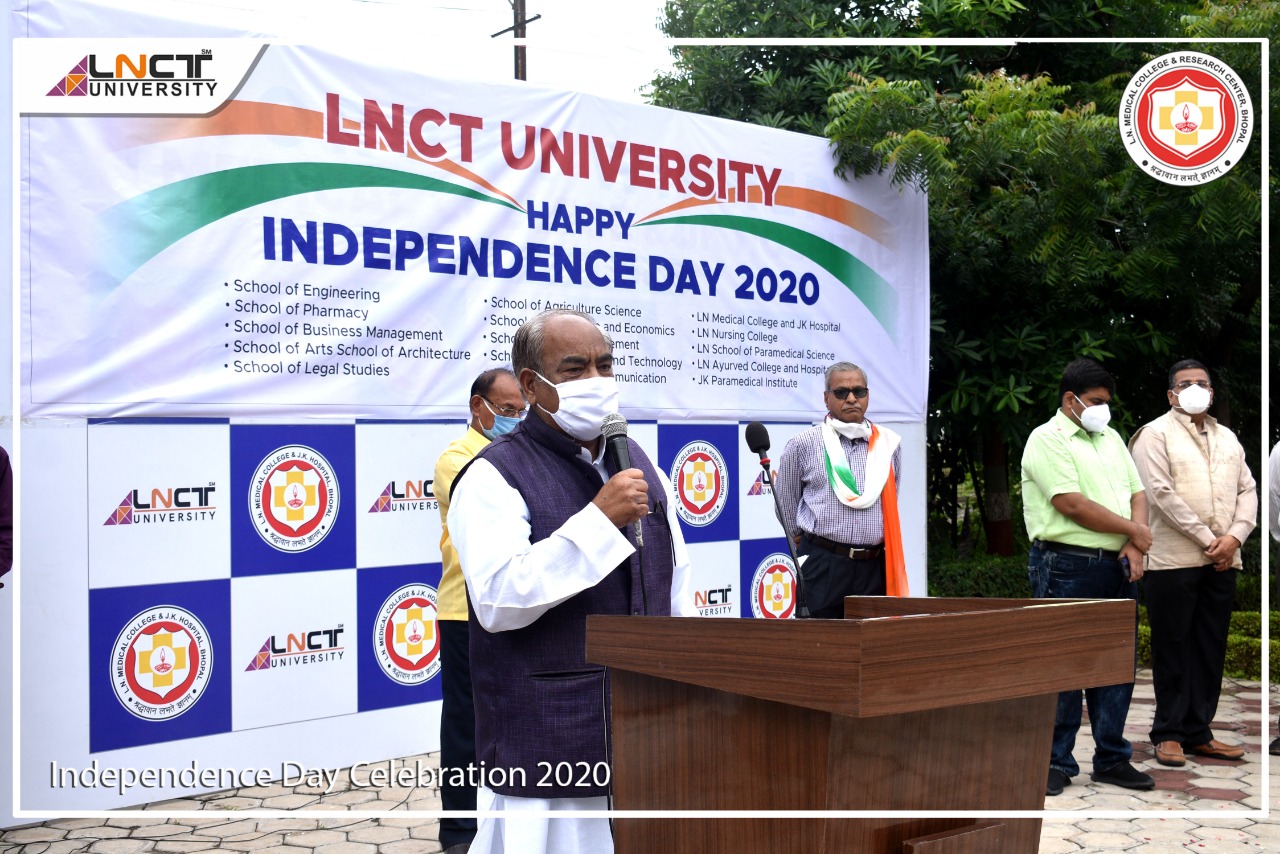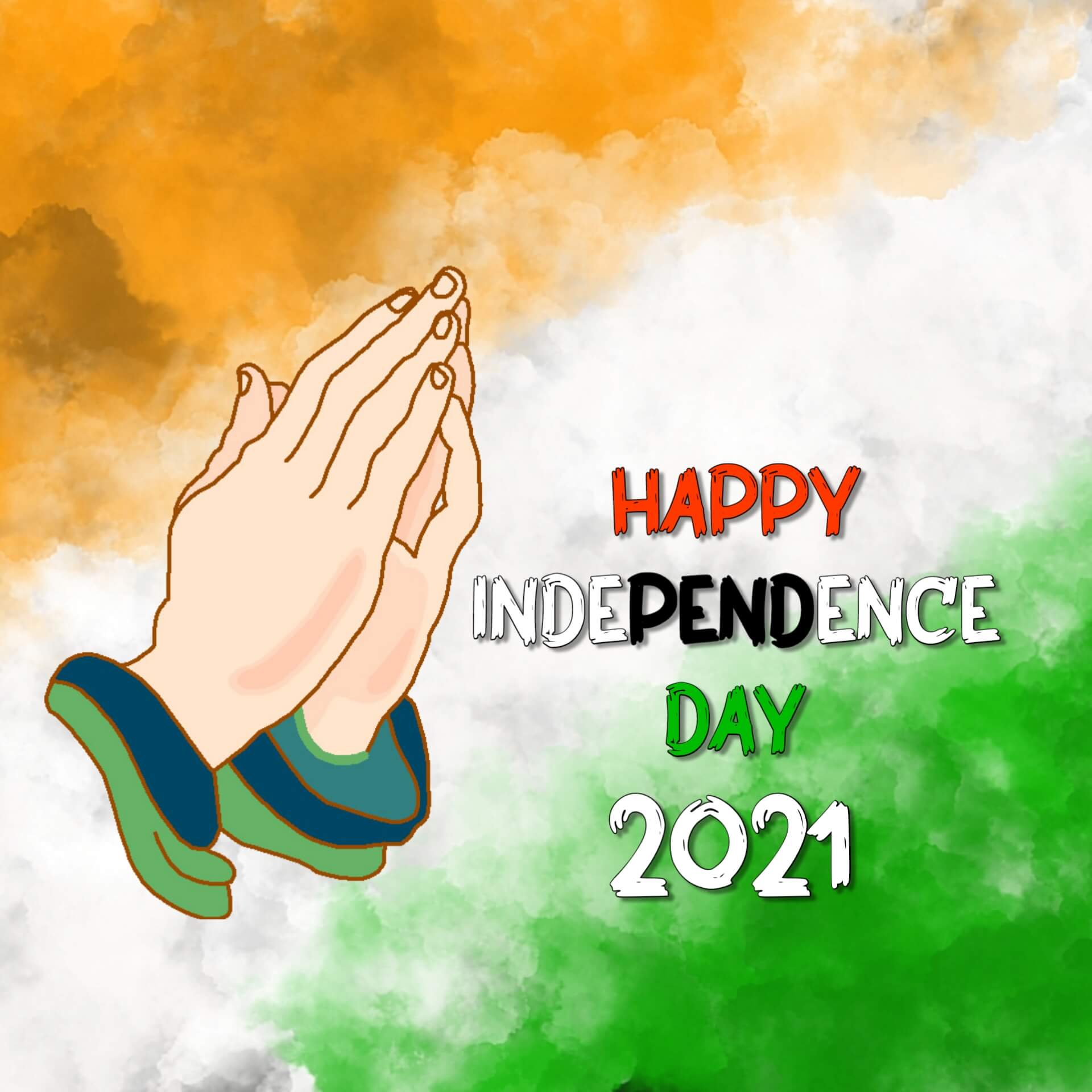

The Jallianwala Bagh incident spurred him into taking over a bigger role within the freedom fight, and during a few years, his direct action movement had become popular across the country. Gandhi became the leader of the struggle for independence in 1921.


An announcement was made in early 1947 that India would be granted its independence, but how this new nation would look was still considered to be decided. Although these were suppressed, British resources had been seriously depleted by the top of war II and therefore the British could not ignore Indian demands for independence. After the war, mutinies swept the Indian sections of the British Army. The Indian National Congress launched the Quit India Movement in 1942, refusing to cooperate with the British during the war until India gained independence. World War II (1939–45) was a serious turning point for the growing independence movement. While Mohandas Karamchand Gandhi’s peaceful movement of non-cooperation and resistance is probably best known internationally, other figures like Bhagat Singh and Subhas Chandra Bose promoted armed struggle and collaborated with Britain’s enemies during wartime. By the first 20th century, organized resistance to British rule was taking shape throughout India. During a peaceful protest at the Jallianwala Bagh park in Amritsar, British troops blocked all exits and opened fire, killing quite a thousand people. When India regained its independence in 1947, it had been significantly poorer than it had been before British interference. At the peak of the Mughal Empire within the late 17th century, India was the most important economic power within the world.
#Independence day images 2020 series
The Madras Army, which was made from local troops, provided much of the manpower that allowed the Malay Archipelago Company to rule India © Historic Collection / Alamy Stock Photo Madras Army During the last half of the 19th century and therefore the half of the 20th century, Britain took control of India’s resources and, As a consequence, India suffered a series of famines that killed tens of many people. The British monarchy, under Victoria, took control of British India Company’s land and gained influence over India’s princely states.

The crackdown that followed led to British control of India being handed over on to British Crown. What became referred to as the Indian Mutiny of 1857 (or ‘the First War of Independence’ in India) took British several months to quell. In 1857, Indian soldiers employed by the corporate revolted en bloc. This meant that the corporate was ready to cash in of local fractures and tensions and use a ‘divide and rule’ approach that saw it take hold of most of India by 1850. What helped strengthen the company’s position was the very fact that India was divided into numerous sub-kingdoms that ruled different parts of the subcontinent, including the powerful Mughals and Marathas. Although the corporate faced initial resistance, it slowly began to consolidate its economic and political power within the country. British rule out India is often traced back to the 17th century when Mughal Emperor Jahangir permitted British Malay Archipelago Company to trade India in 1617. Happy Independence Day Images HD 2020, As India and Pakistan celebrate their independence, Culture Trip looks at the events that led to the partition after the British Raj and therefore the creation of two independent nations.


 0 kommentar(er)
0 kommentar(er)
